Mission Replant Bana Grass | Growing Grass for the Elephants
Bana Grass is a valuable supplementary feeding project for wildlife in semi-arid areas, including the elephants in our rescued herd.
The HERD Bana Grass project is our successful attempt at providing our Jabulani elephant herd with nutritious food year-round. Elephants are mixed feeders, grazing on grass and browsing tree leaves. They can not rely only on one food source, like lucern, to see them through the night. A combination of lucern, bana grass, branches, and any crops donated by our surrounding farmers is sufficient to meet all their needs.
All plants, like animals, have a set productive lifecycle, and after many years, our bana grass plantation reached the end of its lifecycle. We have, therefore, been undertaking the enormous task of removing the old plants by hand and tractor-drawn implement and fertilising, irrigating, and resting the soil, all while preparing cuttings from the mother plant to replant the fields once ready. We follow a strict technique to ensure a thriving plantation for seven to eight years.
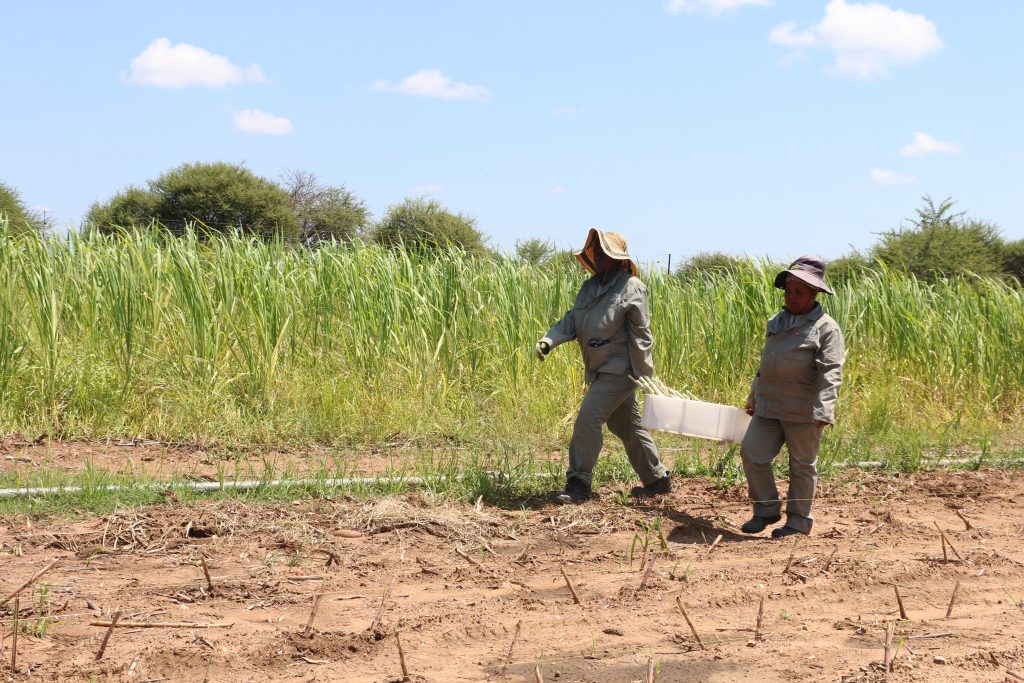
The Limpopo province of South Africa is considered a semi-arid region, as more water evaporates than can be replenished through rainfall, but not so much so that it is regarded as a desert.
For plants to survive the long, dry winter months, nutrients are stored deep within their core, not in their leaves, seeds or fruit. During this time, grass helms harden and lose colour and nutritional value. Animals are forced to graze on these plants despite this temporary decline in nutritional value, meaning more plant material will be consumed per animal to meet their daily required food intake compared to the wet summer months when plants provide plenty of fresh growth.
Before mankind settled in Africa, large herds of wildlife could move unhindered across vast landscapes to escape the dry season in one area and move on to places where rainfall and fresh plant growth were abundant. This gave animals the food they required to remain in optimal condition and gave the area left behind much-needed rest to replenish its vegetation community in anticipation of the animal’s return during the next rainy season.
With the development of mankind came cities, roads, railways and fences, fragmenting once intricately connected habitats into small, disjointed blocks. With the constant and exponential growth of the human population, these disjointed blocks have become smaller and smaller. Leading to more intensive management of natural areas. This unhindered movement spoken about earlier is no longer possible. Leaving mankind responsible for managing these ecosystems artificially to achieve a level of ecological function.
During the peak of the dry season, the vegetation community revered by South Africans simply as the “veld” goes into a dormant stage, where it does not produce any new growth. Yet the nutritional demands of growing numbers of wildlife have steadily increased. Therefore, it is your responsibility as a landowner with wildlife to devise a plan to ensure that the animals that occupy your land have access to fresh green growth.
Growing crops in semi-arid areas can prove challenging even for the most experienced farmer. Unpredictable weather, long dry seasons, short and aggressive rain seasons, and a sparse water supply and intense sunlight make growing bana grass a worthy challenge.

Our Bana Grass project spans about three hectares or approximately seven and a half acres. Daily irrigation is required to keep the generally well-drained soil of the area wet. A tight irrigation schedule is followed to ensure all corners of the plantation receive sufficient water. This is very labour-intensive as large sprayers and lengths of modular pipes need to be moved by hand to the following location. Although drip irrigation seems feasible, the need to send tractors into the fields to remove dead plant matter from the bases of each plant complicates an automated system. Regular soil fertilisation to ensure optimal leaf formation and stem growth adds another layer of cost and labour. The ongoing provision of this fresh food source is a long-term commitment that carries on year-round.
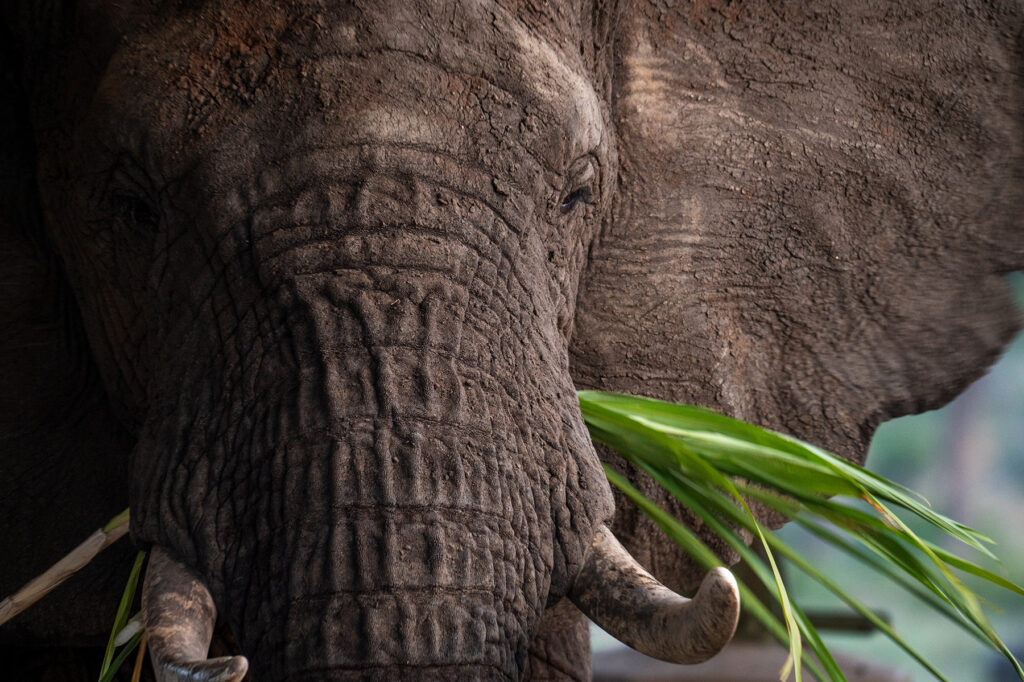
Summertime Rains
With the onset of the rain season, the vegetation community what we refer to as the “veld” is in full bloom, with fresh green growth as far as the eye can see. Although there is plenty of fresh forage for our elephant herd, the bana grass plantation remains as relevant as ever; thus, we cultivate this valuable crop year-round. During the rainy season, all our efforts remain the same except for the irrigation schedule. In the dry season, we irrigate daily, whereas, during the rainy season, we only irrigate if we receive less than a specific amount of rain.
Although the onset of the rainy season brings much-needed relief, the same challenges remain when growing the bana grass. The fields require ploughing, fertilisation, irrigation and regular clean-ups. Clean-ups are more common during the rainy season due to the growth of other plants between the Bana Grass. Fertilisation remains vital to ensure the grasses grow quickly and optimally. Heavy rain downpours – common in these areas – necessitate more fertiliser as the nutrients risk being logged out of the soil due to rain and irrigation.
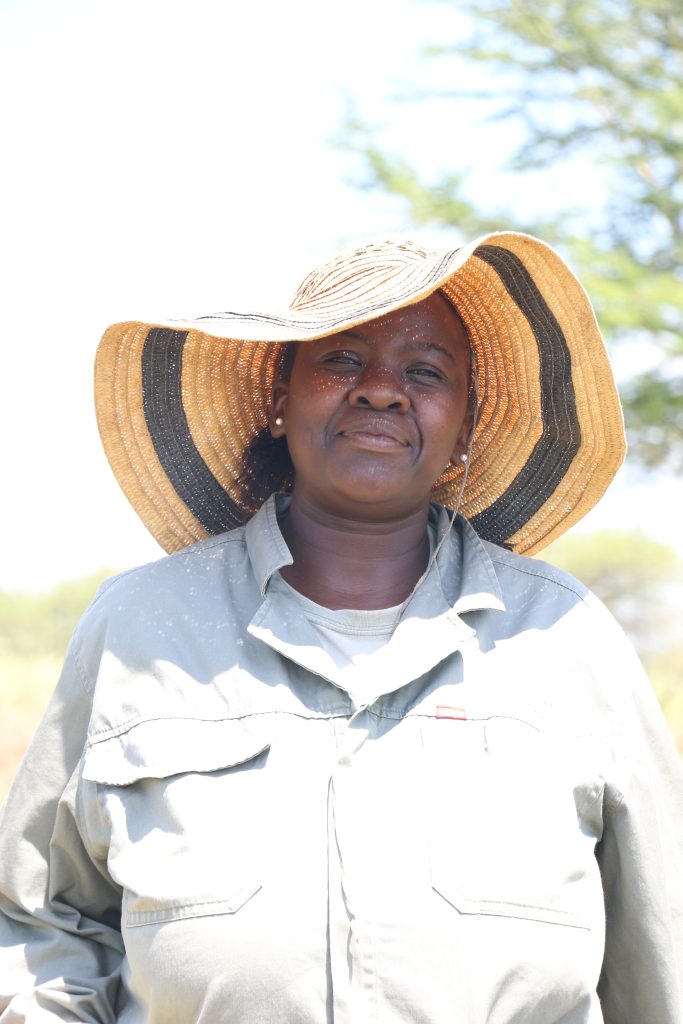
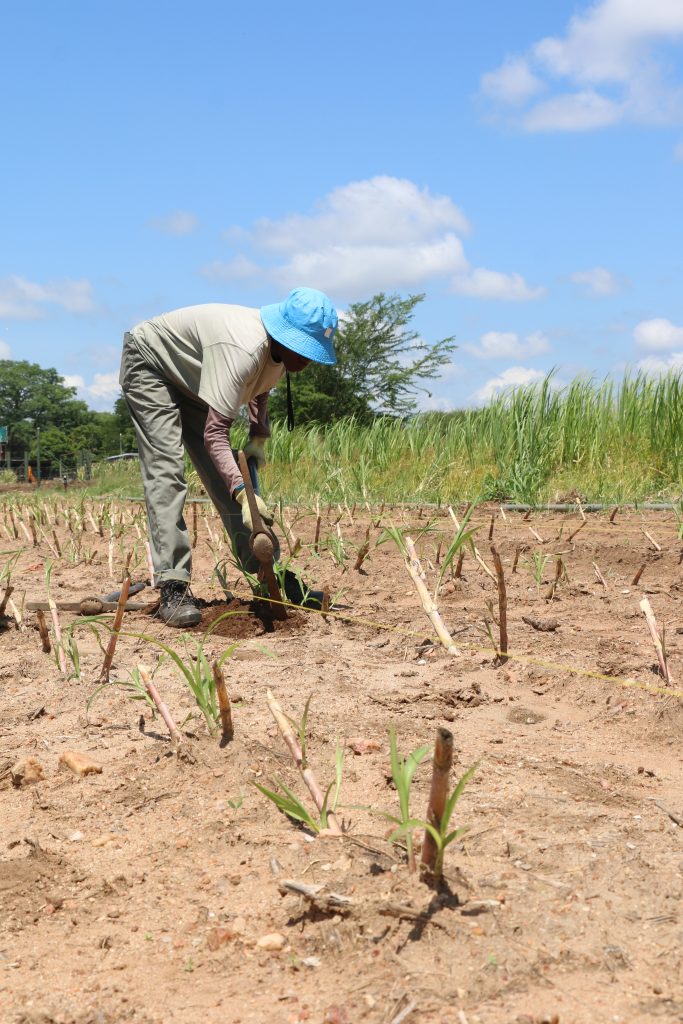
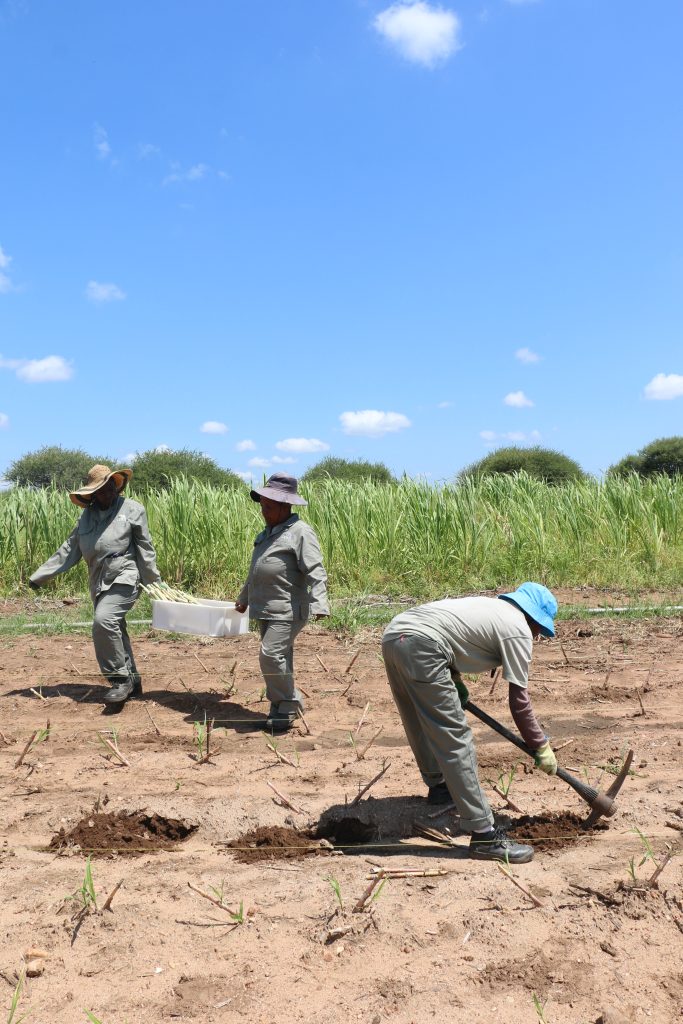
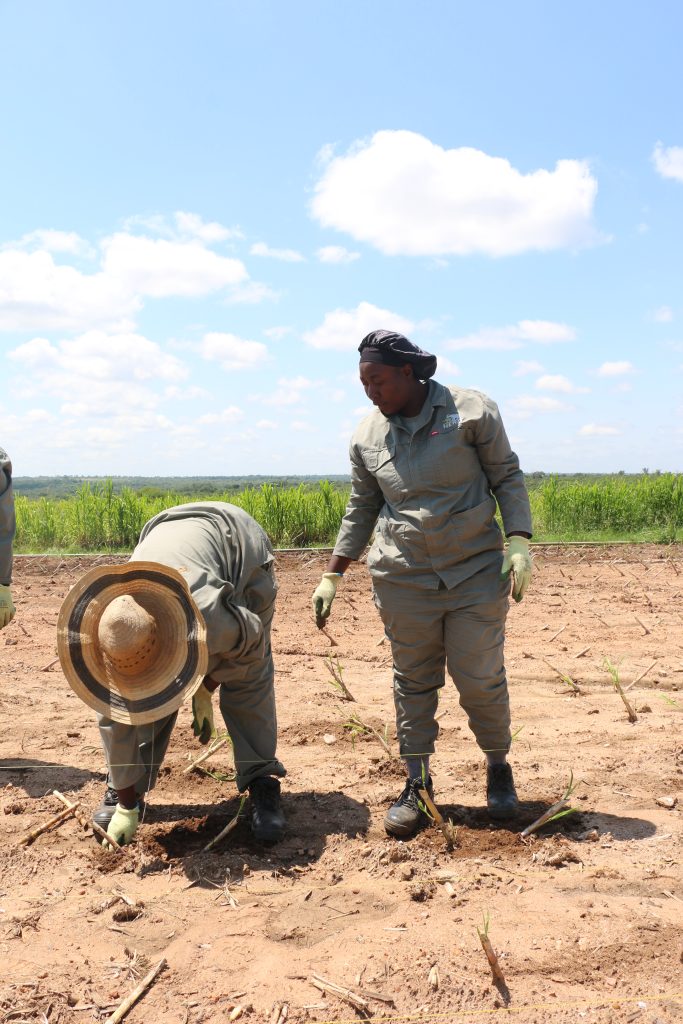
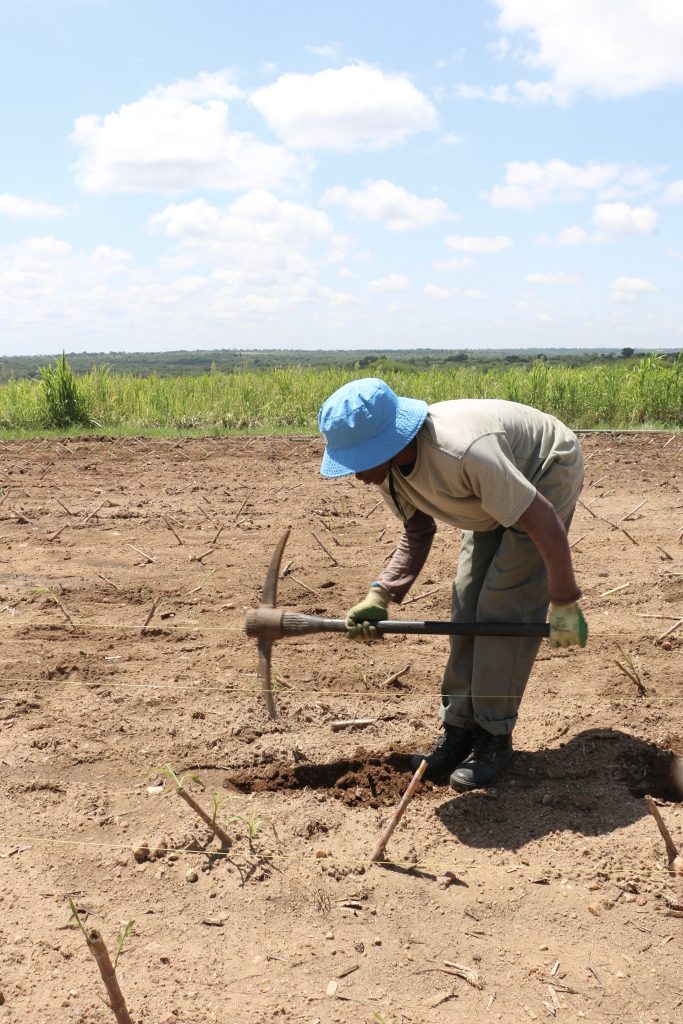
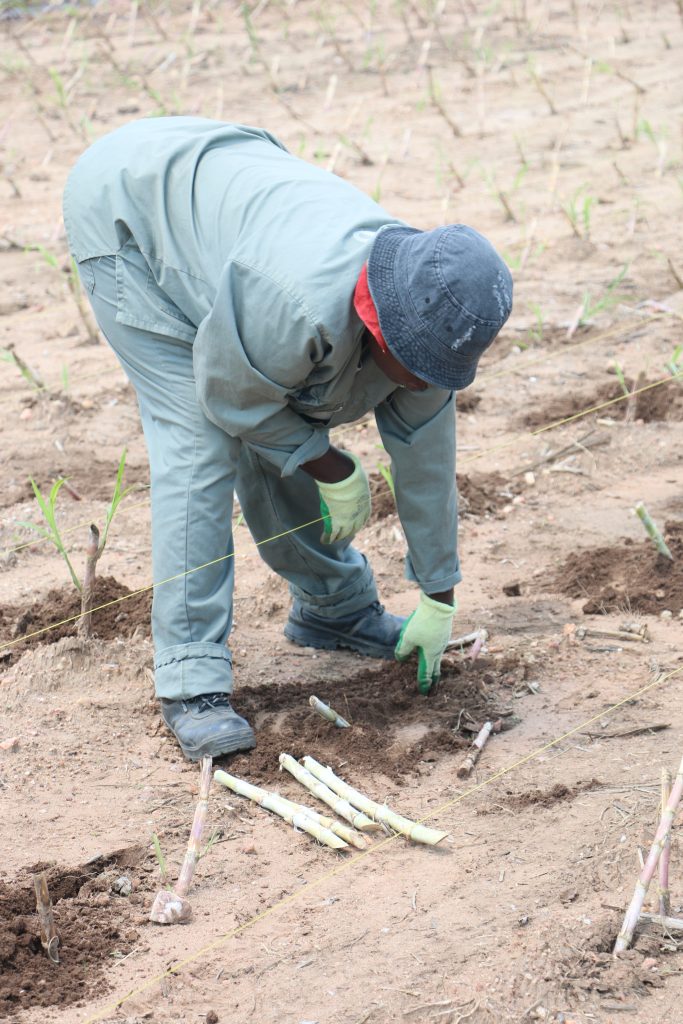
At the time of writing, we are currently awaiting the fertiliser for the second block of six. In the meantime, the soil gets the opportunity to “rest”. Throughout the first half of 2025, we look forward to replanting the remaining blocks. We rely on the continued support from our global network to ensure the continuity of these projects throughout the year.
Helping with the hard labour on the ground are women from our local community, who have been given opportunities to earn an income while helping us to provide for the elephants and ensure a sustainable future for them. Through caring for the elephants, we can care for our community and create job opportunities otherwise lacking.
Thank you to our incredible donors who have facilitated our bana grass replanting project. You can find out more about how to help here >
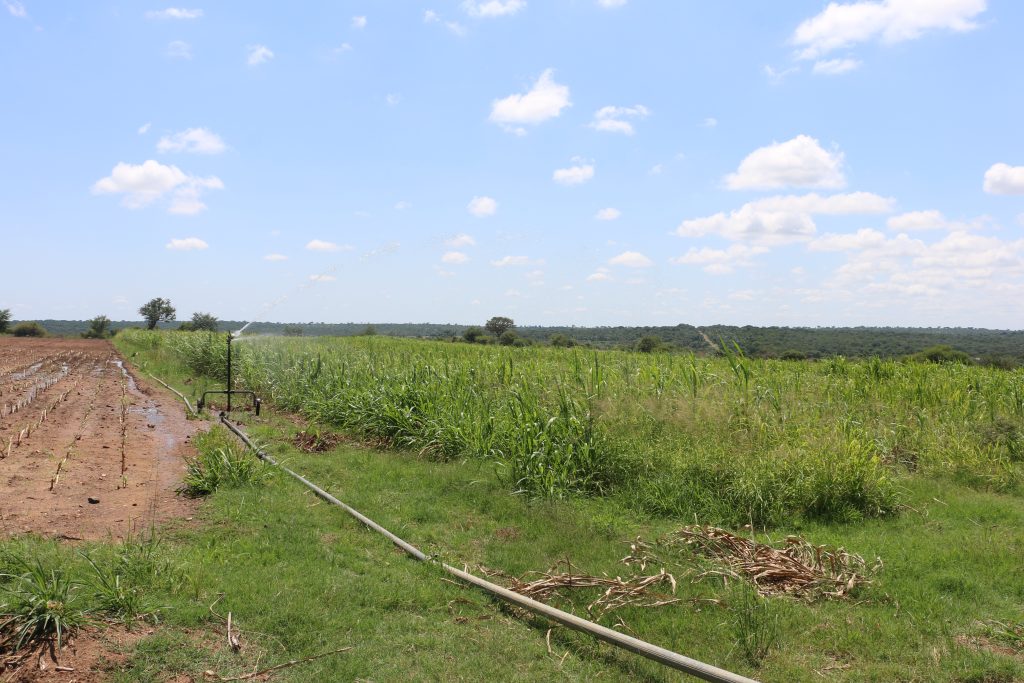
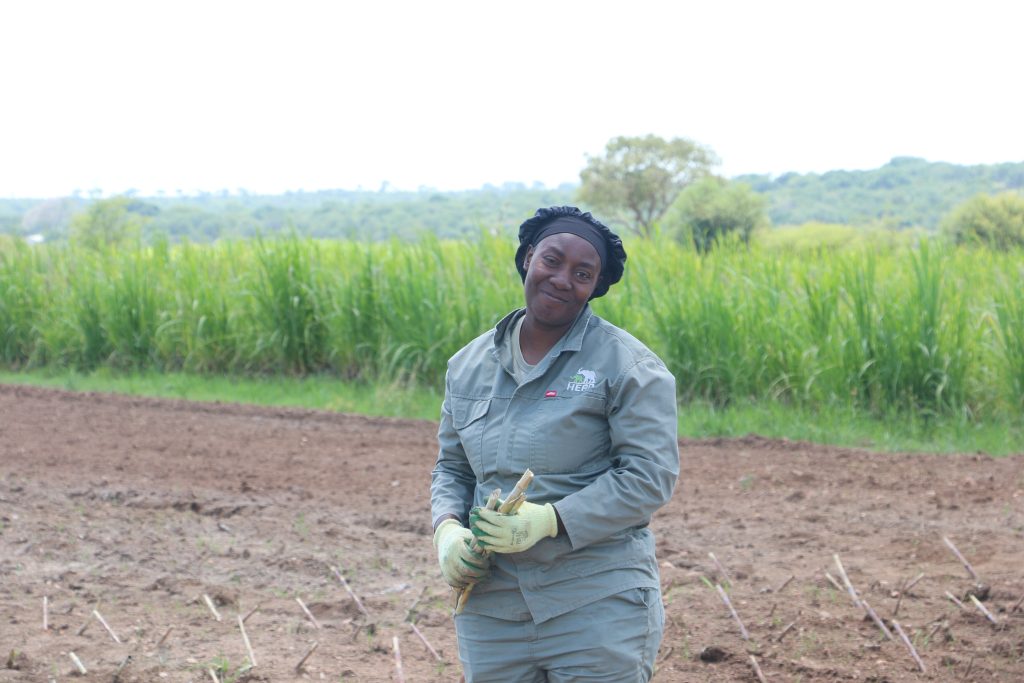
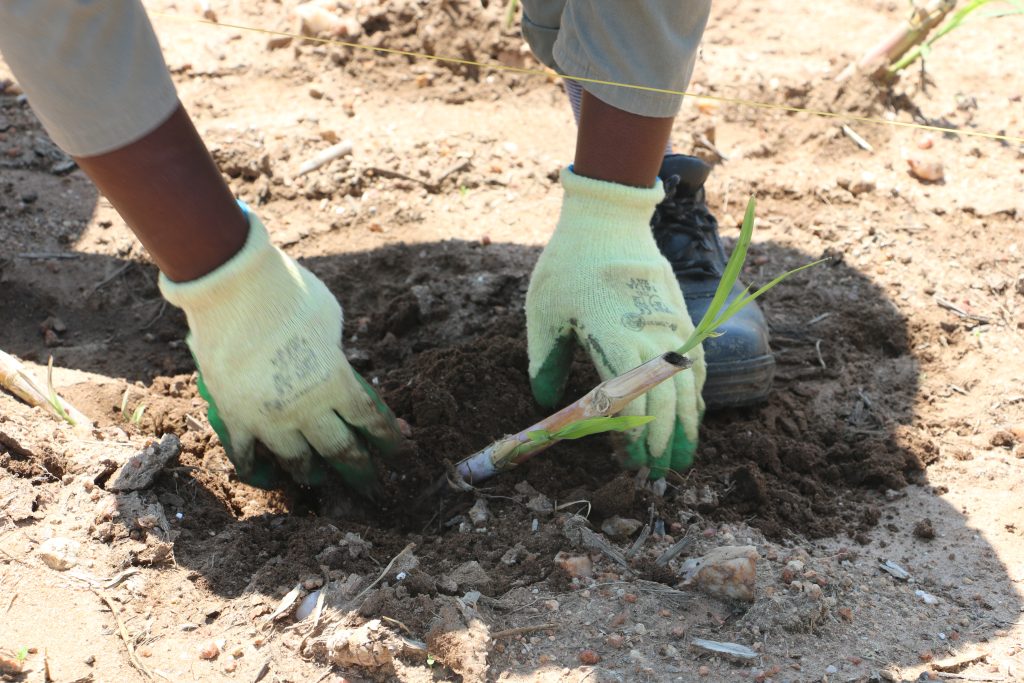

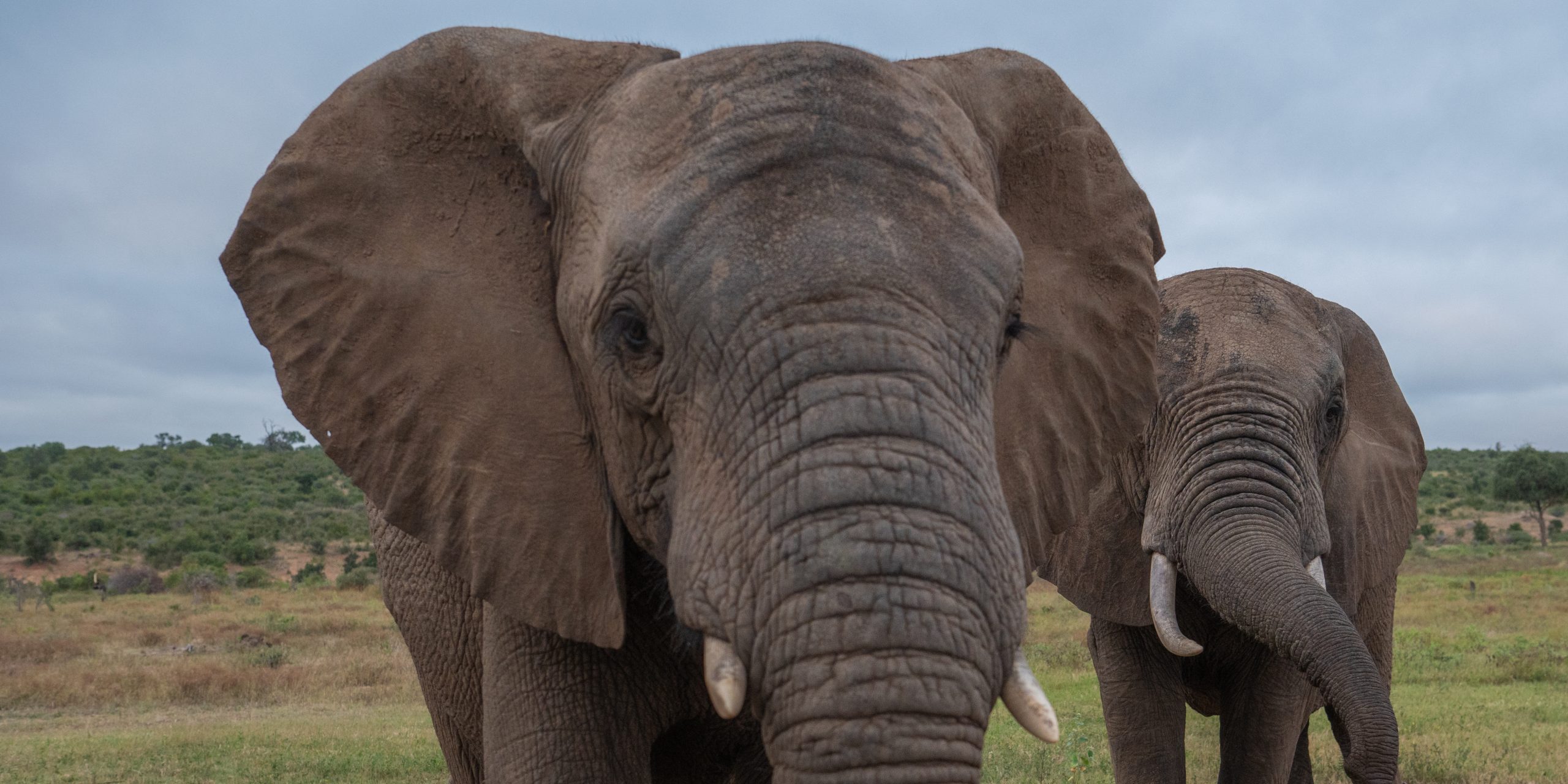
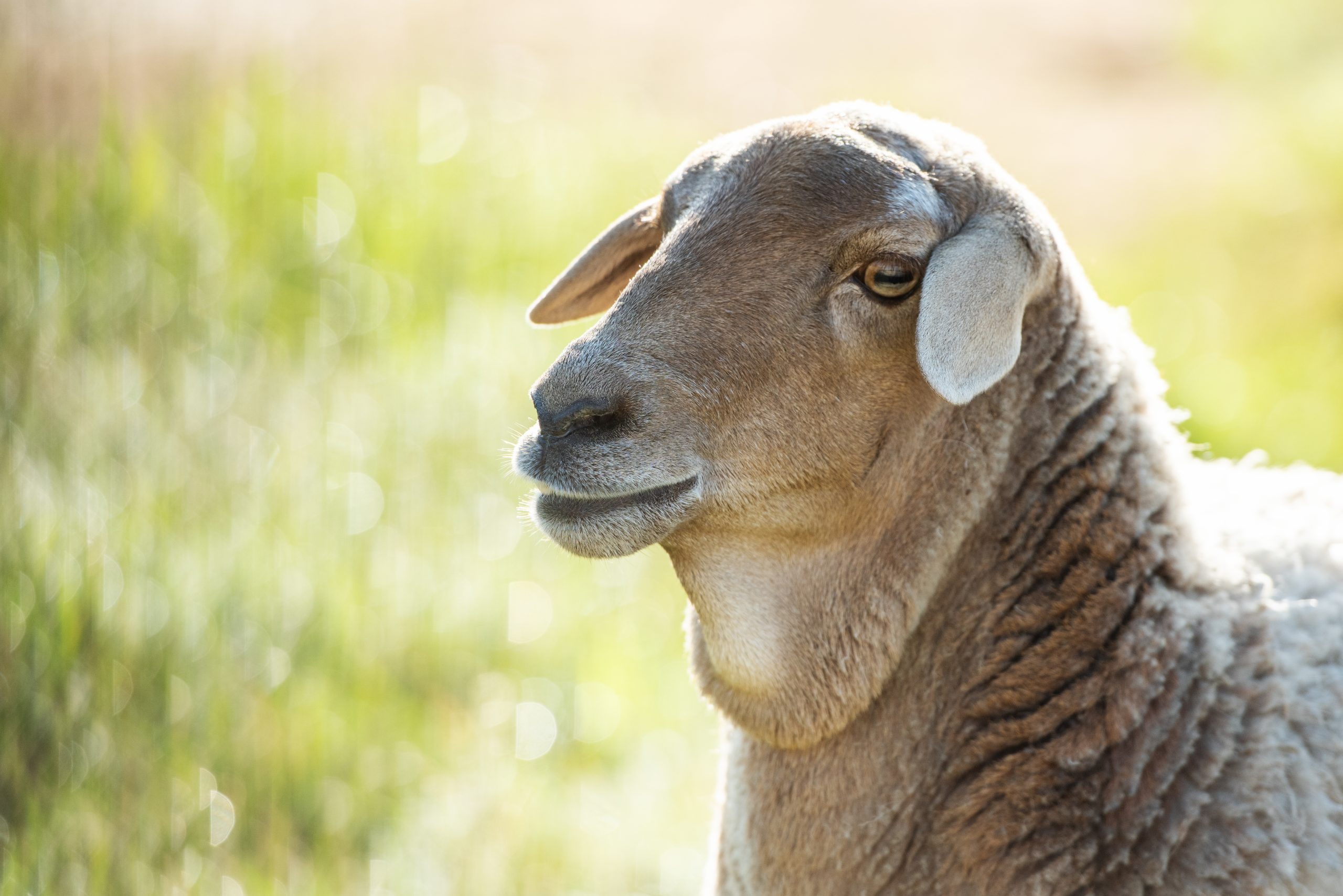
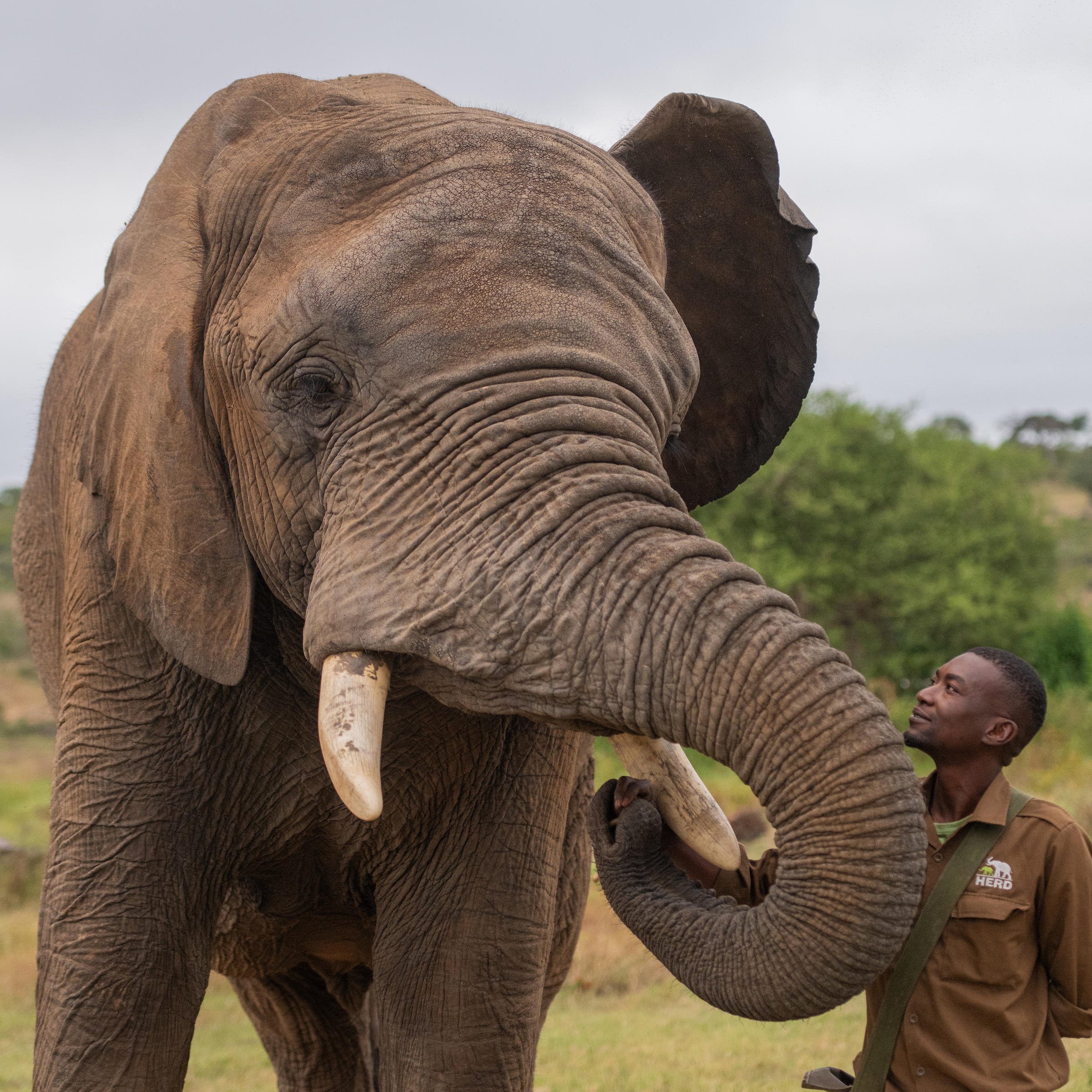

No comments yet.